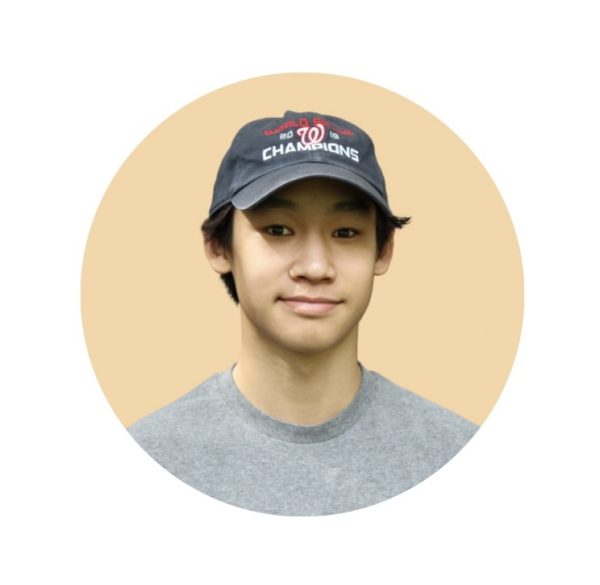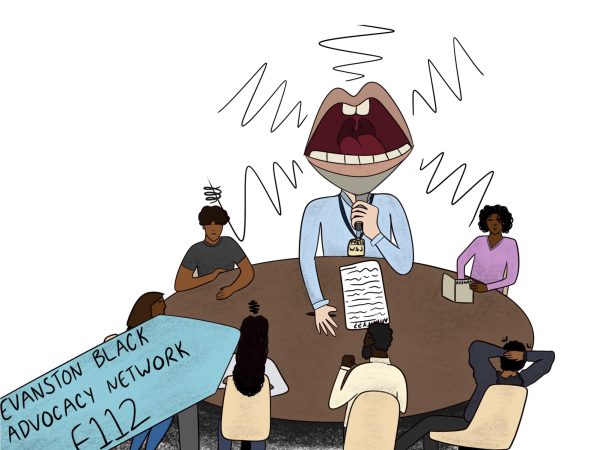Students should be given more time for course selection
February 28, 2020
Course selection. The time of the year where in a couple of months, students must choose their classes for the following school year. Every year, the main stem of my stress — for myself and many of my peers — has been from course selection. We’re expected to map out our interests and future goals through our classes.
“It’s really hard to weigh out all the options and see what’s best for you when considering graduation requirements and trying to take classes that align with what you might want to do after high school,” sophomore Charlotte Miller explains.
With each year comes a greater choice of classes, often making these decisions more stressful for students. Whether they’ve spent weeks planning their classes or picking them on the spot, the process is sure to be difficult as they build their schedule for success. This is why time is crucial, and more of it should be provided for students. As someone who is not the best at making decisions, it’s important for me to look into all possible classes and have discussions with my counselor before jumping into any irrational decisions, which time can grant.
Though students often think they must pack their schedules with the most rigorous classes, without thorough decision making, they can find themselves over scheduled and overworked. They must recognize the difference between mastering academically challenging schedules and straining themselves.
“Something I think ETHS could change is probably give a little bit more time to decide the classes because I felt like I would forget to actually choose my classes,” sophomore Isabella De la Torre suggests.
These students aren’t given the time to think through their decisions and rationalize what works best for them. Especially in the 2020 school year, where the deadline was moved from April 30 in 2019 to Feb. 10 in 2020, they’ve been stripped of the chance to plan ahead, because once they return from winter break, the process seems to begin almost right away.
For me, time has always helped me, as it’s prevented me from making last minute decisions or not getting all of the information I need to make my decision. This drop in time put a lot of stress on me, as at the beginning of the year, I was focused on getting back into a routine in second semester. Course selection was always at the back of my mind as some teachers brought it up, but it was not a main thought until later into the month of January.
“I do usually plan ahead because if I don’t, I feel I might make the wrong decision, so I spend a lot of time thinking about what I might want,” Miller explains.
As students work through the course selection process, graduation requirements, though not being something ETHS can fix as they are a state requirement, can become one of the things students must balance when choosing their classes.
“Sometimes I feel like I have to pick certain classes and not what classes I want to because I want to complete the requirements,” De la Torre explains.
This contributing factor can make creating a schedule frustrating, as students feel the need to fill their schedule with classes simply because of the requirements.
Graduation requirements are also usually linked to post high school plans. High school has always been thought of as a place to plan your future, getting you ready for college or any other goals after your four years. Beginning freshman year, we’re encouraged to take classes geared to our futures, adding another layer of stress with the range of options. Students have the expectation to map out their future through classes, even if they’re unsure what these plans look like for them.
“I would give a little more time because you want to make sure you actually like the classes you choose, because once you start taking it it could lead you to a career you may want to continue with,” junior Lily Hatton says.
Time would allow students to weigh all their options, and though they may not have an idea of their future plans, sign up for classes they believe could be of interest.
Counselors are another large factor in course selection. I have been lucky to be able to have my counselor for great support and help in the process. However, often I’ve felt this is the main person I rely on. Considering counselors have the ability to make or break a student’s feelings about a certain class through their words, finding yourself sitting in a counselor’s office with little direction can have a negative impact.
Junior Josie McCartney explains her views on counselor meetings.
“I do find meeting with the counselor difficult because I always seem to change my course selection, like when I change my mind on a class, or if I hear someone who took the class before saying what they didn’t like about it, and it changes my mind.” McCartney says.
Considering these counselor meetings may not be the most helpful for some, students are left to think through the decisions on their own.
Lastly, some teachers provide recommendations for students for what classes they think would suit them. However, often this teacher recommendation can become confusing or unhelpful if students are asked to participate in the recommendation process. Students should be able to go to their teachers for support in the decision making process, and so the teachers’ knowledge of the students fit for a class is essential.
“I was recommended for 5 AP’s, which I knew was way too many and I couldn’t decide which ones would be best to take. It was also weird when teachers would ask what we wanted to be recommended for,” Miller says.
With all these factors, and a lack of time to utilize their resources, the process of course selection becomes stressful and unpleasant when it should really be a time for students to choose classes they find intriguing and get them excited for the following year. In the short amount of time they have, students must consider their workload, future plans and suitability. In order to allow students to fully consider their options, ETHS must reconsider its course selection process and timeline.















